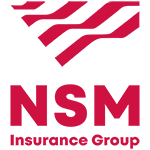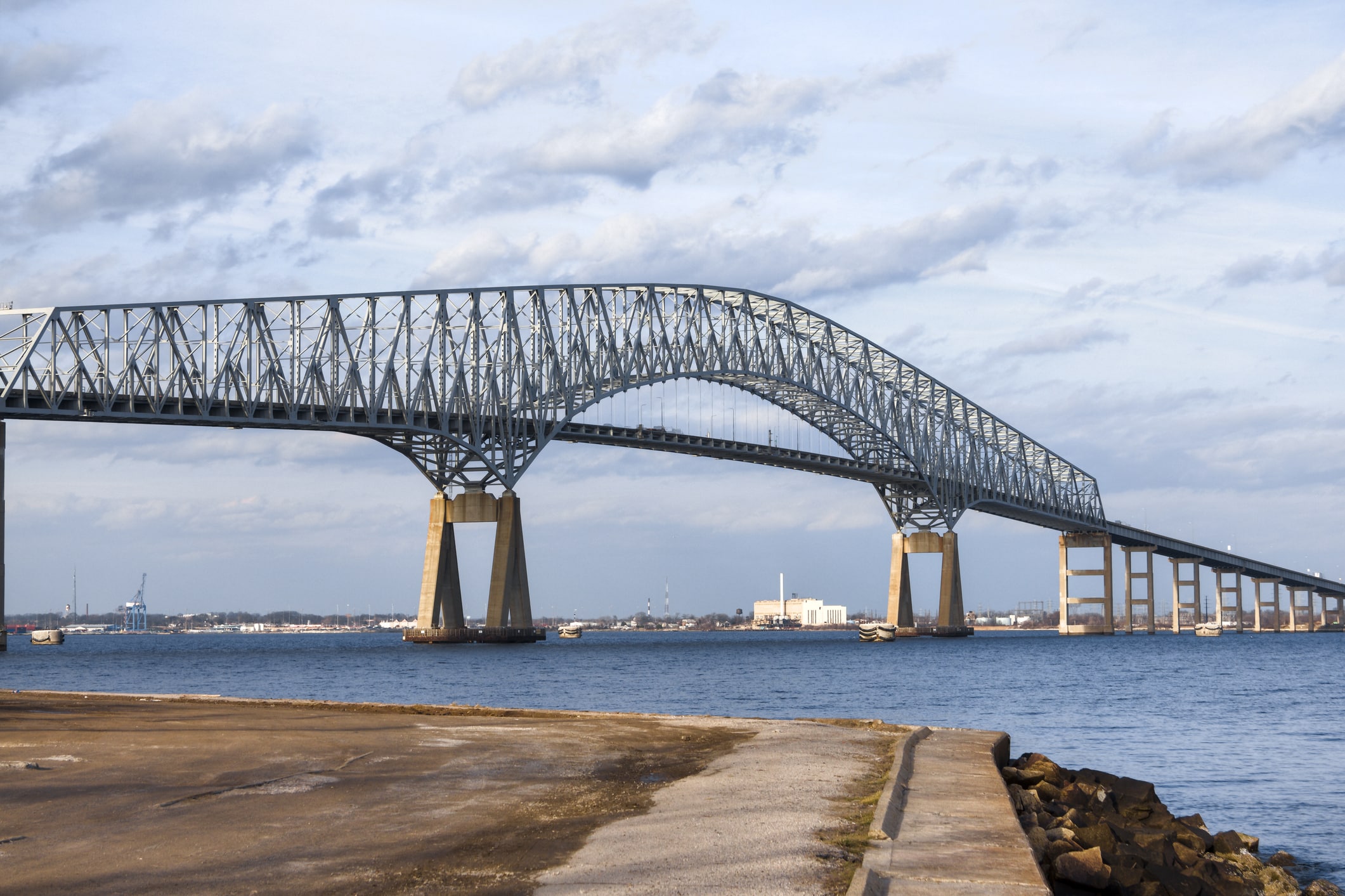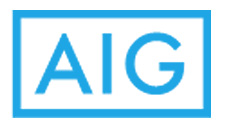Find Markets,
Get Quotes
Simply search by coverage or keyword and find the market you are looking for in seconds.
This Week's Featured Markets
-

Transportation
Programs Details -

SES Single Family Rental Program – Portfolio
Programs Details -

Crane & Rigging
Programs Details -

HabPro Insurance – Commercial Real Estate Insurance
Programs Details -

Inland Marine
Programs Details
Stay Up To Date on New Markets
Get alerts to your inbox on new and trending markets each week.
Connecting People with Insurance Problems to People with Insurance Solutions
Whether you are a Carrier, MGA, Wholesale, Retail Agent, or Broker, we have a solution for you. Leverage our platform to streamline your processes and grow your business.
Looking For Market Distribution?
ProgramBusiness for Carriers, MGA’s & Wholesalers
Our robust platform enables agents to quickly contact you and begin the underwriting, quoting, and submission process.
Schedule a demo Learn MoreGet a searchable business directory, with any number of program listings
Get your program in front our our network of over 80,000+ independent agents
Market your programs via on site ads and email marketing campaigns
Looking for a Market?
ProgramBusiness for Retail Agents & Brokers
Find the perfect market for your risk. Search by coverage or keyword and region and start getting quotes immediately.
Sign Up for Free Learn moreSearch 350+ Specialty Programs by coverage or keyword
Submit Acords, Drivers’ Schedules, and Loss Runs directly on the platform
Try new niche markets and expand your footprint in industries you already serve
ProgramBusiness News
The world of insurance delivered. Insurance Industry News carefully curated by insurance industry experts. Stay up to date on breaking news, industry changes and updates, and press releases from all the major players.
Sign Up to Receive Updates Straight to Your Inbox
Chubb to Make $350 Million Payout in Baltimore Bridge Collapse
Chubb, along with the state and the families of the victims of the crash, will likely sue the shipowner and others to recoup losses from the crash.
The insurer is expected to authorize the $350 million payment within weeks, according to Henry Daar, head of property claims North America for WTW, the bridge’s broker.
“I am confident that Chubb will pay the full limits of liability,” Daar said.
Claims under the state’s policy are bound to exceed the $350 million limit, he said.Damage to the bridge alone could reach $1.2 billion, analysts at investment bank Barclays Capital estimated last month. The policy also provides some business-interruption coverage for the port, which is losing around $88 million a year in tolls, according to Daar.
Insurers can respond to claims that will blow through a policy’s limits either by writing a check for the full amount upfront, or by paying in dribs and drabs, as the work is done. That pay-as-you-go approach can rack up payments to loss adjusters and other professionals.
“I give Chubb kudos for recognizing that this is clearly going to be a full-limits loss,” Daar said. “They could spend millions and millions of dollars in fees for accountants and adjusters over the next few years, or they could pay the claim.”
Chubb’s exposure to the loss is significantly less than the headline $350 million total, in part because it sold some of the risk to reinsurers, according to a person familiar with the matter.
The insurer is expected to support Maryland in suing the owner and manager of the ship that hit the bridge, the 984-foot Dali, to try to recover losses.The Singapore-flagged Dali has coverage through a specialized protection and indemnity insurer, the Britannia P&I club. It is one of a dozen P&I clubs that between them buy reinsurance covering up to $3.1 billion a ship.
A courtroom battle has kicked off that will ultimately determine how much of this multibillion-dollar pot of cash can be tapped. The outcome rests in part on whether the Dali was seaworthy.
Grace Ocean, the Dali’s Singaporean owner, and Synergy Marine, its manager, last month filed in Baltimore federal court seeking to limit their liability. The companies invoked a centuries-old law that caps exposure to the value of the ship and its freight pending, or the amount paid to carry the goods. In the case of the Dali, that would put a ceiling on payouts of around $44 million, the legal filing said.
If the court approved the move to limit liability, the estimated total insured loss would fall significantly from the current range of $2 billion to $3 billion, “probably to less than $1 billion,” according to Marcos Alvarez, global head of insurance at ratings firm Morningstar DBRS.
The legal move to limit liability will be strongly contested. Baltimore’s mayor and city council last month opposed any cap on the shipowner’s or manager’s liability, accusing them of negligence. “The Dali left port…despite its clearly unseaworthy condition,” the mayor and council said in a court filing.A spokesman for the shipowner and the manager said it would be “inappropriate to comment” out of respect for the continuing investigations into the crash and any future legal proceedings.
The Federal Bureau of Investigation has opened a criminal probe into the crash, including whether the Dali’s crew failed to report any problems with the vessel before it left port, The Wall Street Journal previously reported. The National Transportation Safety Board is also investigating the disaster.
The question of the ship’s seaworthiness—or otherwise—could also be a significant factor in an expected future fight between the vessel’s owner and the owners of its cargo. The ship’s owner started a so-called “general average” process in April that would share certain costs with cargo owners, including salvage and retrieving containers stranded on the ship,
The decision to start the process “indicates that the owners expect the salvage operations to result in high extraordinary costs for which they expect contribution from all salvaged parties,” the container line Mediterranean Shipping said last month in an advisory statement to customers who own freight stuck on the ship.Cargo owners are likely to contribute to the costs now, in the interests of recovering their containers, but could seek to recover the payments later, by arguing the collision was the fault of the ship’s owner, marine lawyers said.
A huge operation is under way to remove the bridge wreckage stuck on the ship and at the bottom of the Patapsco River. The first containership since the crash left the port last weekend. A fleet including 36 barges, 27 tugboats and 22 floating cranes has so far removed more than 3,000 of an estimated 50,000 tons of wreckage from the site, according to a recent official update.



